As mentioned in the previous article, we knew that with the expansion of production and the emergence of many suppliers, competitive advantage should be sought in the group of factors such as design and packaging.
It is enough to look at the stores and markets to understand how many different brands and packages of the same product go to the market every day and try to find a place for themselves among the store shelves. Taking a deeper look into the puzzling world of packaging and designing, the author came up with the idea of opening a new window for analyzing and considering the packaging industry from the consumer side and his wants.
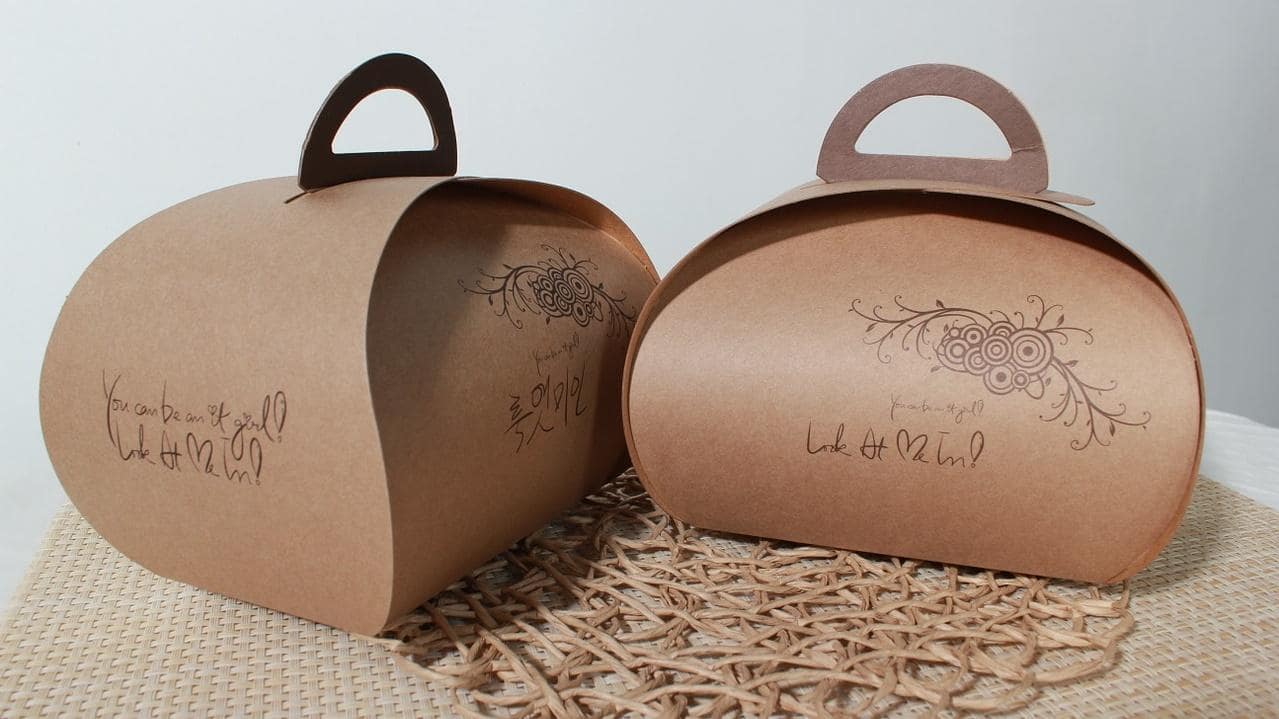
Marketing and sales experts believe that quality is no longer a requirement but a requirement. It is clear that in such a business situation, we have to find the competitive advantage we want at the point of supply. For this reason, any shortcoming, in this case, can destroy the organization's little chance of delivering the goods. For this reason, in this article, we will address a number of important points in the packaging and design of goods.
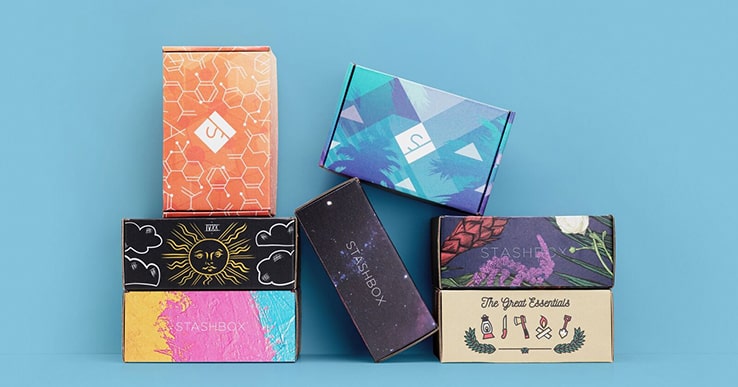
take it easy
don’t try to make your packaging and its design complex and confusing. It’s not like a scientific equation, but about simple and easy-understanding design and packaging that can easily convey its message and word to consumers in the minimum time and with the least effort. The simpler and more minimal the design, the better.
Let's not forget that today the customer is surrounded by different brands, designs, colors, and packages and does not have enough time and energy to discover the secrets hidden in your design. So let the design be readable and feasible for understanding.
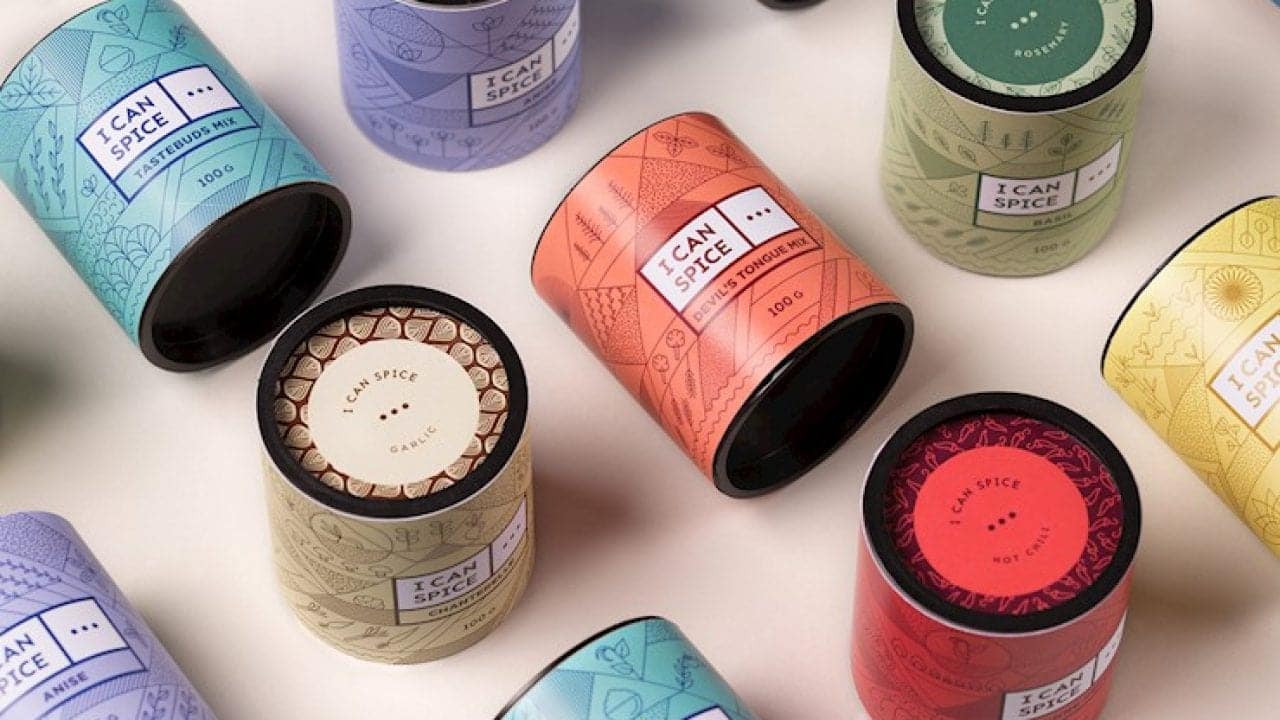
Forget about the structures
With the expansion of different brands, the work has become difficult for the product designer, and the designer finds himself in a daily struggle with different examples and ideas that flow to him from all sides. Beyond the moving framework, there are solutions and, of course, requirements that can help the designer use innovative ideas. It is enough to distance ourselves from repetition and homogeneity and try to add new meaning and perspective to the design and packaging of the product.
Never let your mind and intelligence be imprisoned in them though and rough boundaries of structure for what prevents your consumers from approaching to product and giving it a touch. So, if you are wishing to win the heart of the customer, you have to put the structures aside and get there for him.
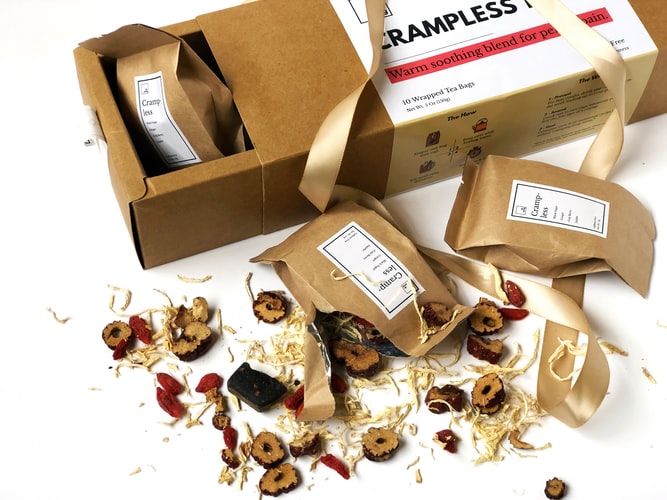
Feel how the customer feels
The design should be as if it not only attracts the customer at first glance but can arouse the customer's curiosity and encourage him to buy the product. If the customer is tempted to touch, pick up or look inside the product, we can congratulate the designer for his skills and imagination. However, it is better to arouse this curiosity to the extent that it forces the customer to buy the product. That is when the real victory.
Hey There
The packaging should be able to not only convey its message but also call the consumer to see it and take steps forward for learning more about the packaging and so the product is hidden inside.
Color is one of the determining factors in the design and packaging of goods. It is better if the color of the product is bold, clear, and irritating. The color of the product should be effective enough to be able to blink at the customer and attract his attention.
So, keep in mind, use colors, make the packaging stylish, elegant, eye-catching, and brilliant enough for more affection and attention.
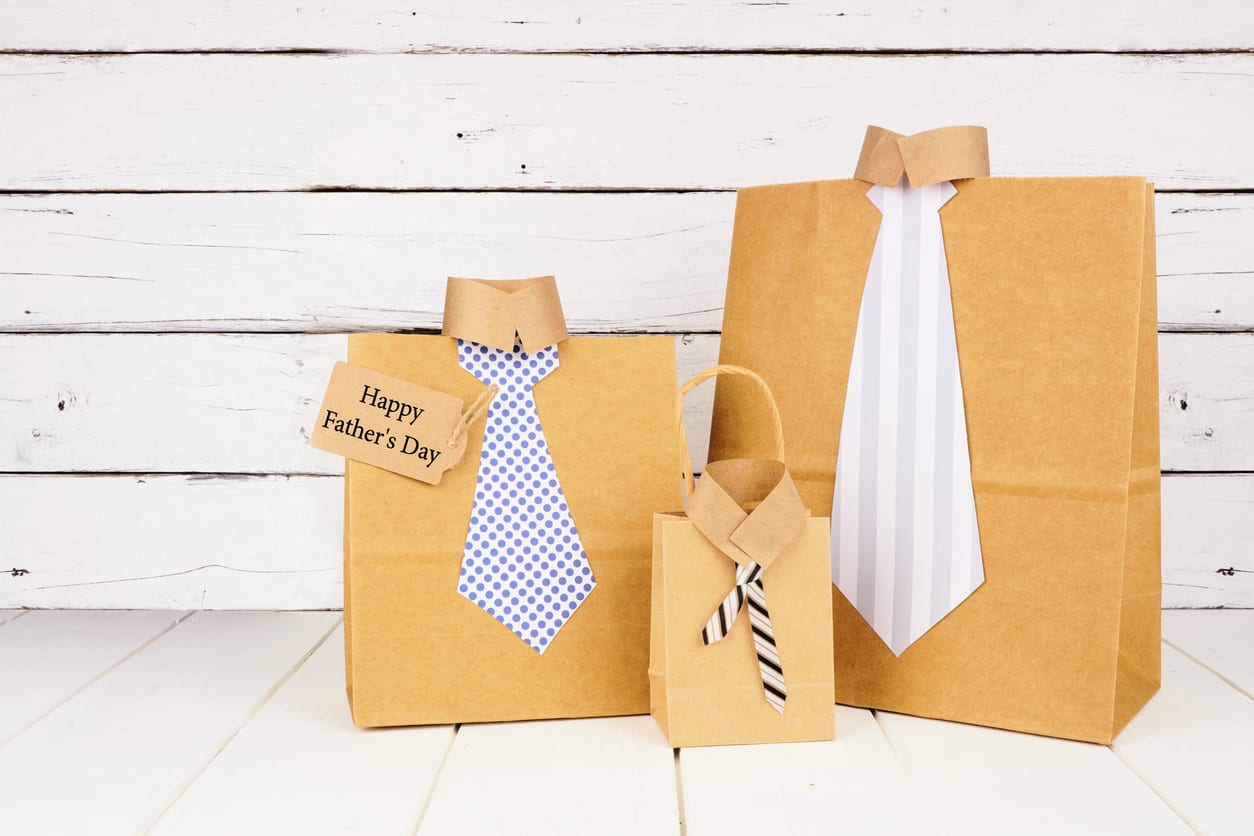
Define the story of the product
Storytelling is one of the effective and strategic tools in product design and packaging. The packaging and design of the product must be able to describe the evolution of the product from the first stage of production to reach the customer (and even to the stage of consumption). For example, we can refer to spaghetti packaging, which shows the evolution of the product from farm to home cooking by using the images on the cover of the product. The story of the goods gives the customer the assurance that the purchased goods have been prepared in the right and defined way and will have a good result for him.
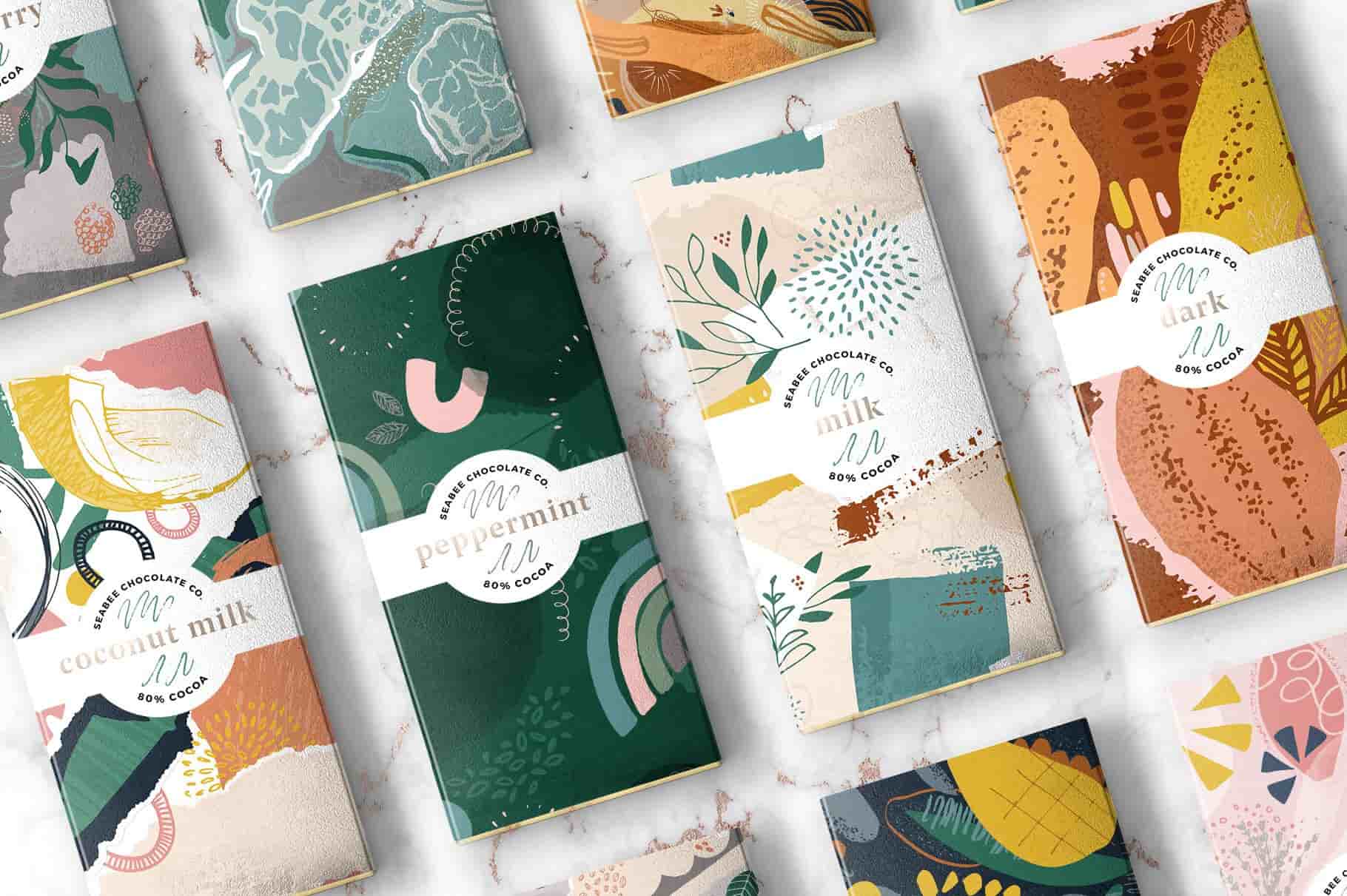
The design should be transparent
An important point in the packaging and design of goods, especially food products, is the discussion of transparency, explicitness, and summary of data related to goods. Do not expect the customer to know at first glance that your product has an expiration date on the bottom, back, or top of the package.
Commodity data should be entered in such a way that the customer can access it with the least effort. The more data and facts of the product, the more the customer's trust in the product and the brand will be. Any deficiency in the expression of the product data (especially if the product is food), causes suspicion in the customer.
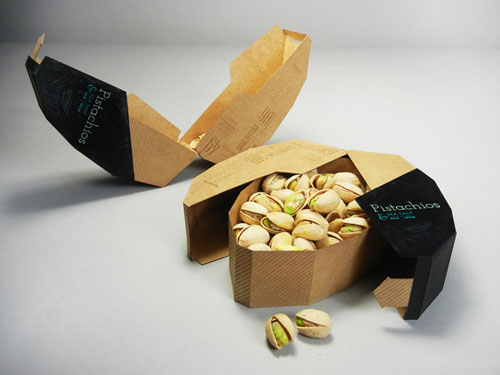
Your design should be transparent enough to be discovered and known by the customer. It should also maintain and tell its own story. Without a story, your design is just a painting or at the best an artwork that can’t attract customers for reaching there and picking it. In a conclusion, I recommend you to keep the consumer in mind and beware of designing for your manager or market. It’s all about the consumers and products that you’re doing.
So, at the end of the day, let's not forget this saying:
"The customer is hard to find and easy to lose."